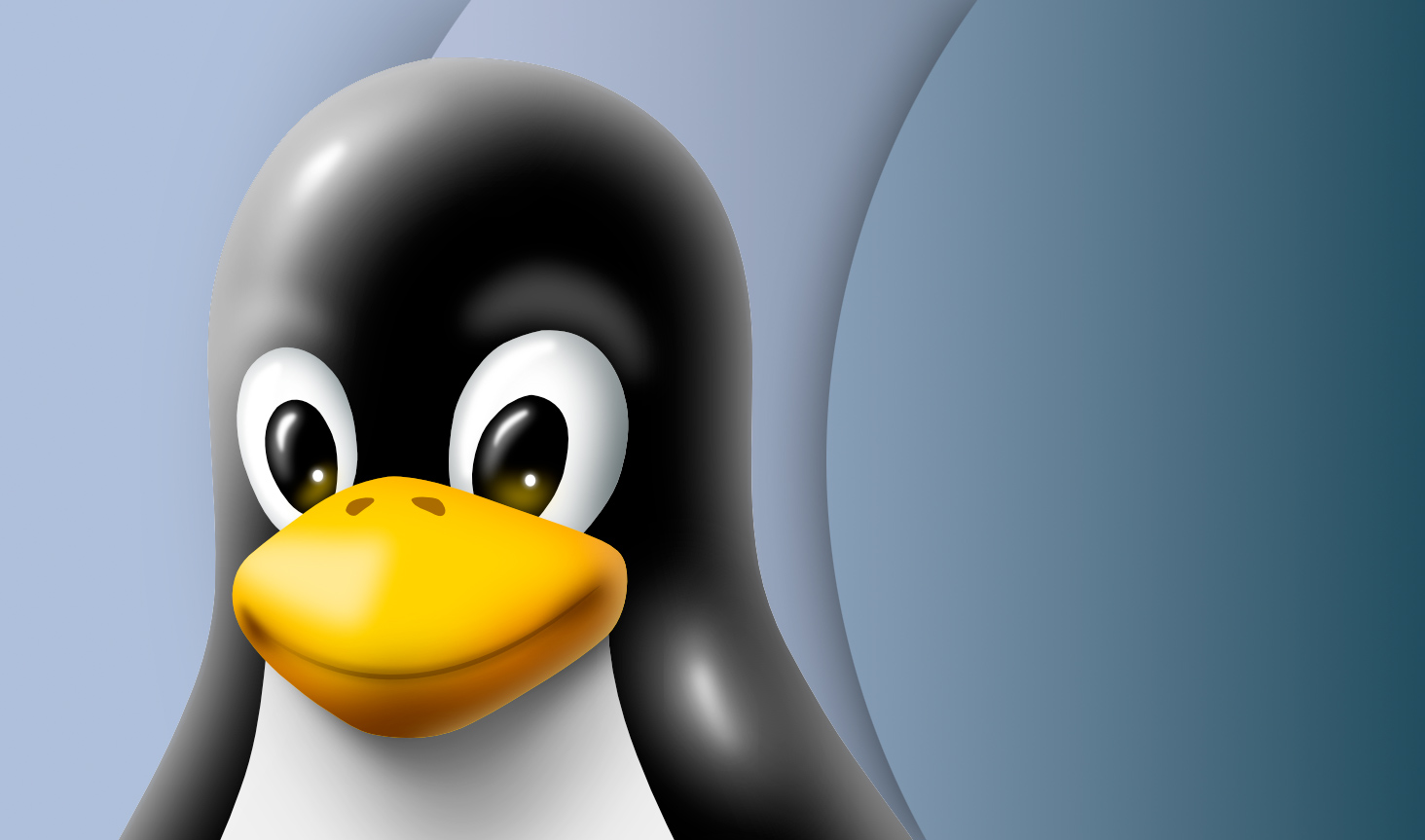Bad news for devs — the one feature that made Linux better than Windows is finally jumping ship
Do you hate Linux with every fiber? Well, (su)do we have news for you

Support for the Linux and MacOS-based 'sudo' (superuser do) command has been spotted in a leaked Windows Server preview build, potentially signalling a major change for developers everywhere.
The introduction of ‘sudo’, a means of overriding user permission restrictions when your operating system is fighting against you like a petulant child, is also likely a feature in very early development for Windows - though it’s been spotted in the leaked builds, Windows Latest are reporting that it doesn’t actually work, so no-one need worry their little heads just yet.
It does, however, track with recent in-roads Microsoft have been making to support Linux and its features, thanks to the release of the Windows Subsystem for Linux (WSL) compatibility layer, allowing any number of distributions to be installed inside Windows.
Tux that
Maybe it isn’t that bad - for sysadmins and power users alike, more control over what you can actually do on your system is always welcome. And at least right now, users who just want to not think about the spectre of the command line and the Dante-esque world of Linux permissions in their everyday lives can avoid the pain by simply not enabling the developer mode.
Users who have needed developer-centric tools like the terminal in Windows probably already know how much of a pain Windows can be about permissions. The Windows terminal, itself an evolution of the command prompt, sometimes has to be expressly run as an administrator, depending on what you’re doing, so ‘sudo’ should take out the guesswork involved there.
And although Linux permissions do drive me up the wall, sudo, by nature, seems to work pretty well at pushing past a lot of my frustrations with it. Windows isn’t always smooth sailing on this point either: it will often refuse point blank to delete files or folders, claiming that I ‘don’t have permission’ to do so, which usually involves some kind of reboot, task manager prune, or forbidden black magic ritual.
A move to sudo might also clear up the as yet unclear to me distinction between the various command-line tools in Windows, and perhaps it’ll mark a move closer to just having Terminal around, rather than still having the command prompt around, plus Windows PowerShell.
Are you a pro? Subscribe to our newsletter
Sign up to the TechRadar Pro newsletter to get all the top news, opinion, features and guidance your business needs to succeed!
Though I have hated every moment of my forays into Raspberry Pi and Linux, a now regularly occurring circus act for your reading pleasure, I’ve come to appreciate the control that Linux can provide me in a crisis. The amount of power is scary, I consider this story a harrowing premonition, and don’t want to touch Windows dev mode with a bargepole. Still, it could be a net good?
More on TechRadar Pro
- Linux is cool now - but why?
- The screen you least (most?) want to see is coming to Linux
- We’ve also listed the best Linux distributions for beginners right now

Luke Hughes holds the role of Staff Writer at TechRadar Pro, producing news, features and deals content across topics ranging from computing to cloud services, cybersecurity, data privacy and business software.